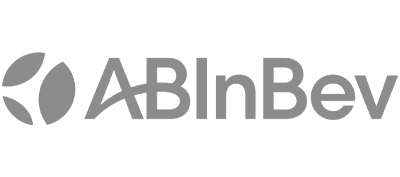Conjoint
Conjoint analysis at Dig goes beyond price sensitivity or feature trade-offs. We design decision-centric studies that reflect real-world buying scenarios—so you can see not just what people say they want, but what they’ll actually choose. Dig Insights turns complex consumer preferences into clear, strategic direction for your product, pricing, and positioning decisions.

Dig Insights is a trusted research partner to…






Dig has become an invaluable partner across so many aspects of our business – and especially for our global team. We’ve worked with Dig on some of our most pressing and strategic customer problems to solve and they truly partner in finding real, workable solutions that connect insight to strategy. Dig goes beyond giving us the data and even the “why,” they are our partners in the “so what” for our business.
Dig are the conjoint experts
What would happen if a CPG changed their size or package format? What if a telecommunications company altered their data package? What if a credit card changed their benefits? Conjoint builds offerings with these new elements and tells you what the best mix is and the effect that changes will have on share of choice. We’ll help you…
Uncover what truly drives consumer decisions.
Is your category powered by brand equity, functional benefits, price sensitivity—or something else entirely? Our conjoint solutions reveal the underlying drivers of choice, helping you understand which levers matter most to your audience.
Find the sweet spot for your offer.
What happens if you swap Claim A for Claim B—do you win or lose share of choice? If your competitor raises prices and you hold steady, how much ground do you gain? With Dig’s conjoint tools, you’ll get clear answers to complex questions, fast.
INTRODUCING: UPSIIDE CONJOINT
Our data scientists have brought the power of conjoint to Upsiide, Dig’s proprietary, mobile-first platform. Designed to reflect how people actually make decisions—not just how research asks them to—Upsiide Conjoint swaps clunky grids for intuitive exercises that feel natural on mobile. It’s faster to complete, easier to engage with, and opens the door to broader, more representative audiences. And the best part? It delivers results that closely align with traditional conjoint—without compromising on quality or depth.
CASE STUDY
How BCAA used conjoint to implement new features & offer low-priced memberships to drive growth
BCAA was looking to grow their membership base and provide value outside of their core roadside assistance offering. They had a number of potential new perks but needed to figure out which would move the needle on driving uptake and how they could best be marketed.

We knew that we needed to focus our portfolio and make it work harder for us. But we needed some help to figure out what we needed to be prioritizing and where we needed to be making cuts.
Dig Insights helped us answer all of our “what ifs?” and set us up so we know what to expect when we take an action.